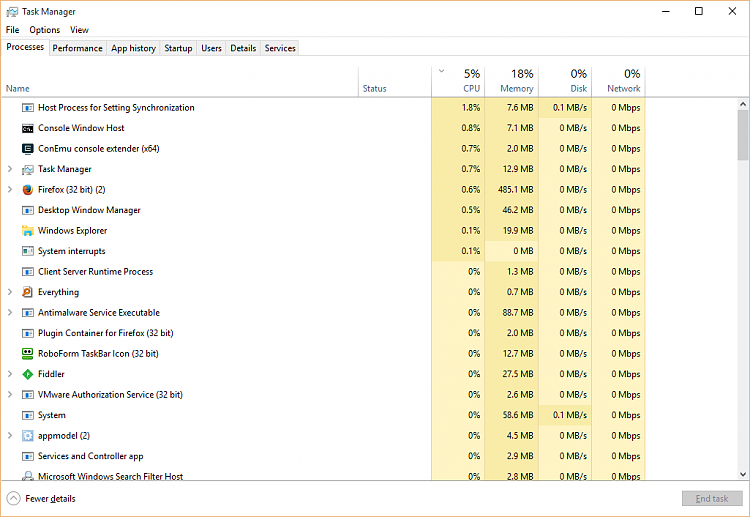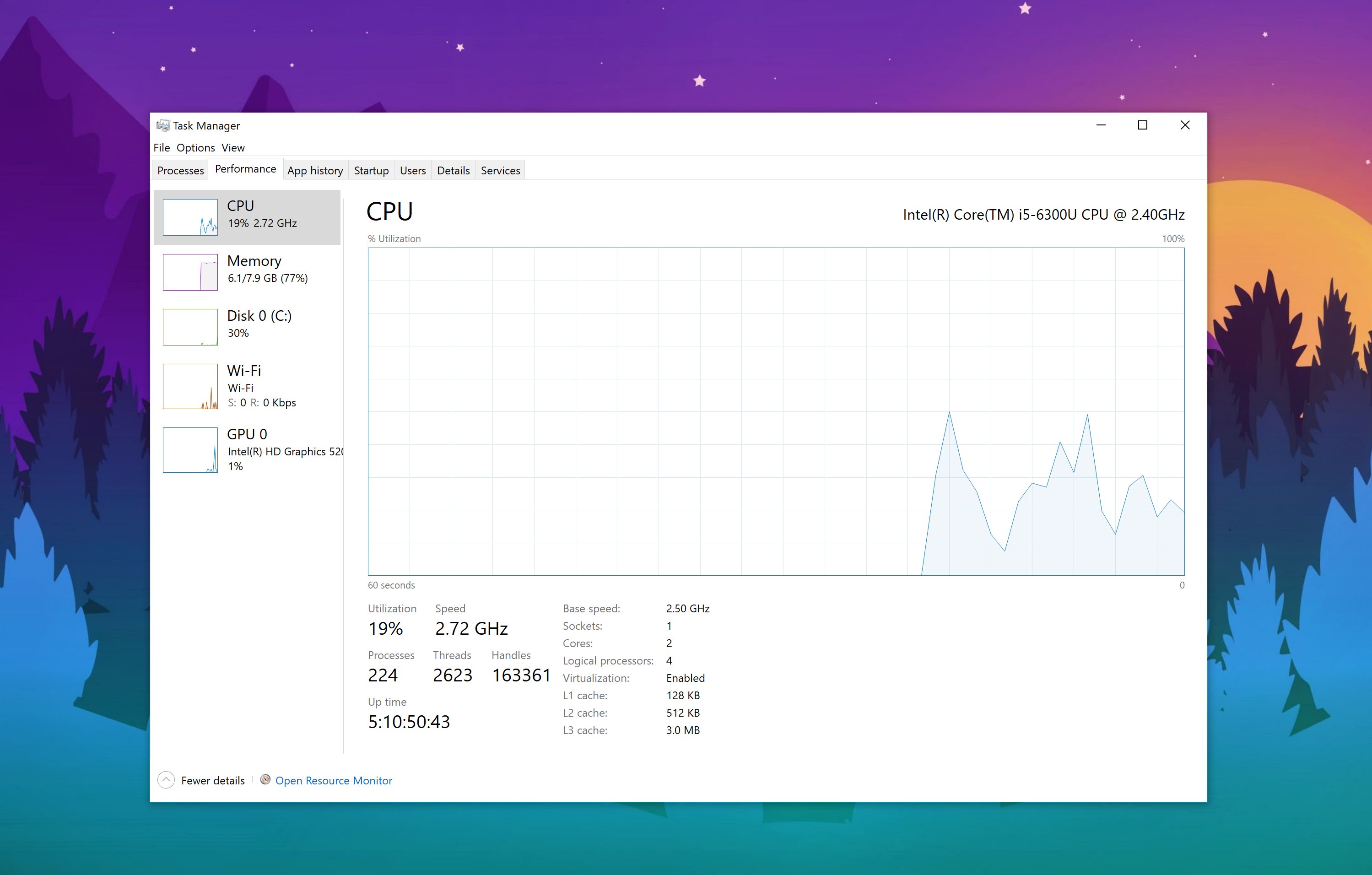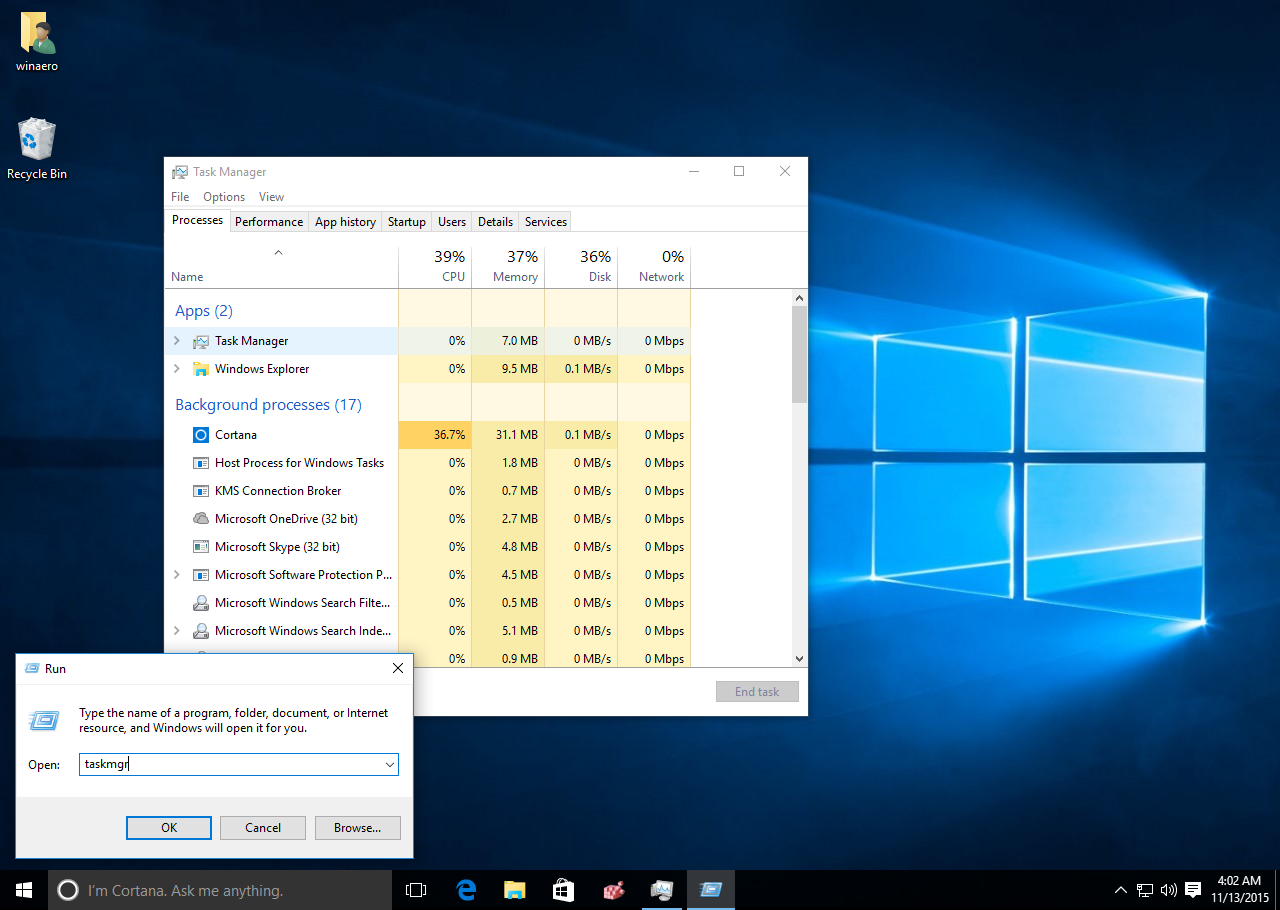


Note: This procedure is very similar to starting a program by using the Run command on the Start menu. In the Create New Task dialog box, click Browse, locate and select the program that you want to start, click Open, and then click OK. Start a program: To start a program, click New Task. Switch to another program: To switch to another program, click the program that you want to switch to, and then click Switch To. Note: When you exit a program in this manner, any unsaved data in that program is lost.

To exit, switch to, or start a program, follow these steps: The Applications tab displays the status of the programs that are running on the computer. How to exit, switch to, or start a program In the "Task Manager overview" topic, you can read about the features and uses of Task Manager by clicking the following topics and reading the topic and all related topics: In Task Manager, click Help, and then click Task Manager Help Topics.To view the Task Manager Help file, follow these steps: Other topics are intended for a more advanced audience. Some of the help topics are intended for a general audience. Right-click an empty area of the taskbar, and then click Task Manager.Įverything that you might want to know about Task Manager is included in the Task Manager Help file.Press CTRL+ALT+DELETE, and then click Task Manager.To start Task Manager, take any of the following actions: You can use Task Manager to start programs, to start or to end processes, and to view a dynamic display of your computer's performance.

This document provides basic information about how to use Windows Task Manager to start programs, to end processes, and to monitor the computer's performance.


 0 kommentar(er)
0 kommentar(er)
